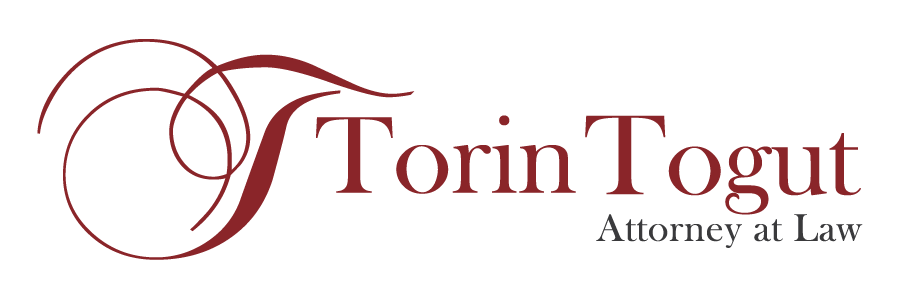I am sometimes called by parents to explain the difference between the Individuals with Disabilities Education Improvement Act of 2004, and commonly referred to as the IDEA, and Section 504 of the Rehabilitation Act of 1973. I will compare, contrast, and analyze the two laws that apply to children with disabilities so that you will recognize the differences between these two important federal laws and whether one law or the other applies to your child. To being, let us examine the different purposes of these federal laws.
Section 504 of the Rehabilitation Act of 1973, 29 U.S.C. 794, is an anti-discrimination law. In general, this means that it is illegal to discriminate against children, youth and adults with disabilities in the workplace and in activities, programs and services that receive federal financial assistance such as public school and universities and colleges. Section 504 as it is commonly called does not provide entitlement or certain rights to children, youth and adults. If an adult with a disability, for example, is working for a federal or state agency or organization that receives federal financial assistance, then the employer must provide reasonable accommodations, if needed, to perform the essential requirements of the job. To qualify for protection under Section 504, the individual must first be a person with a disability. What does this mean? The word disability under Section 504 is construed broadly to mean an individual with a physical or mental impairment that substantially limits one or more major life activities. A major life activity is the ability to read, write and learn. For instance, a child with a diagnosis of Attention Deficit Hyperactivity Disorder (ADHD) might qualify under Section 504 because he has difficulty learning because of this ability. This is relatively low threshold to qualify under Section 504. On the other hand, a child with ADHD might not be eligible under the IDEA unless that child falls under one or more eligible categories such as Other Health Impaired or Emotionally Behavior Disordered or EBD. No all children with ADHD are eligible under the IDEA because they are required to meet other eligibility requirements such as their disability must adversely affect their educational performance and they are in need of special education and related services. All children that are eligible to be served under the IDEA must fall within one of the thirteen (13) eligibility categories (except for speech and language), and their disability must adversely affect their educational performance and they are in need of special education and related services. The tricky part is proving that the child’s disability adversely affects their educational performance. Certainly children who are diagnosed with severe mental and/or physical impairments adversely affect their educational performance. But in some cases where the child has a mild or temporary impairment it is not so clear. For example, does a child with a fractured arm that is likely to heal in 6-8 weeks eligible to receive special education and related services under the IDEA. Probably not. But the child may receive reasonable accommodations at school to address his temporary disability under Section 504. Each situation is different. You cannot generalize and say that any child with a disability is automatically eligible for special education and related services under the IDEA. It depends upon a number of factors that an eligibility team must consider in determining eligibility under the IDEA or Section 504. And even if the child’s educational performance is adversely affected by his disability, the child may still not qualify under the IDEA because he may not need special education and related services to address his disability. Not all children with disabilities require special education and related services. Some children may be served by reasonable accommodations that are required by Section 504. Again, children with ADHD provide a good example of how some children only need accommodations for their disability at school and do not need specialized instruction or related services to learn.
Are you confused yet? I can understand why. I have represented children with ADHD, for instance, that did not qualify for special education and related services under the IDEA because the school system claimed the disability did not adversely affect their educational performance and/or there was no need for special education and related services to address their disability at school. School systems have different ways of interpreting the requirements for eligibility under the IDEA or Section 504. Courts and judges also have varying interpretations of the law in determining whether a child is eligible under the IDEA or Section 504. Let me emphasize, however, that if an eligibility team determines that a child does not qualify for special education and related services under the IDEA, then the school system must refer that child for a determination whether he meets the requirements of Section 504. Many times I have experienced school systems that have failed to refer a child that was found not to be eligible for special education and related services under the IDEA for a determination of eligibility under Section 504. So if your child was found not be eligible for special education under the IDEA, be sure that the school system conducts an eligibility meeting under Section 504 for your child. The failure to do so violates the law.
I will continue this analysis and examination of the IDEA and Section 504 in the next post. It is a very complex and often confusing area of the law. I will try to explain it the best way I can. If you have any questions about this post please let me know. I hope that I can give you a better understanding of not just eligibility requirements of Section 504 and the IDEA, but also procedural and substantive protections and safeguards of this two laws as well.

